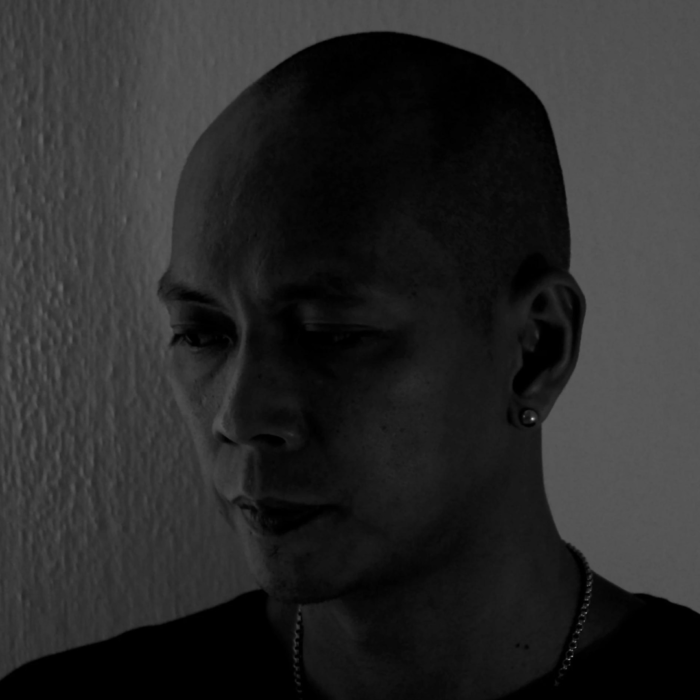

Zul Mahmod
Zul Mahmod (b. 1975) is one of Singapore’s leading sound artists. Zul has been at the forefront of a generation of sound-media artists in Singapore’s contemporary art development – one of the genres of international contemporary art-making that has been garnering interest for its interdisciplinary approach and experimental edge. Zara Tewolde-Berhan interviewed him about his latest exhibition in Geneva.
I’m from Singapore and I’m a full-time artist. Been an artist for about 25 years now.
I was trained as a sculptor in fine arts. Then in 2001, I shifted to sound art, which is still a niche medium even now, but I’m still using the fundamentals of my sculpture to create sound pieces.
I guess when I was invited by Severin and Anja. The whole idea, the concept was very interesting because showcasing a community that has always been under the radar. So when I saw the videos of Colombia and also in Nairobi, I thought it was quite fascinating to just get things done.
And the last two, three weeks, they’re just to explore things. And it’s not very I mean, it’s all about the community. So it’s not about the elite in making artwork so everyone can make and also enjoy it.
That’s why I decided to be part of it. And I think to work with like-minded artists, I mean, brilliant artists sharing the ideas, where they come from, what kind of medium they’re doing I think for me, it’s always about learning from different mediums, different people, not only with us but also as an individual, not like as a person.
For me, it’s always being safe wherever I’m doing. But I think right now, the new thing about digital surveillance, it’s very hard to of course, you can’t see compared to his physical, there’s also a bit of uncertainty, but I guess you have to just live life. I can’t just be dealing with having to worry about all of this in my daily life.
In my work for the last 20 years, I mean, I always talk about what’s happening around me, in terms of social issues like prejudices, and racism, subconsciously, because I think in the context of Singapore, there are four different races, and the majority are Chinese. So I fall under the category of the minorities. But I don’t dwell so much on that idea of minorities because I think education and knowledge makes you on an equal level.
And I don’t see my audience as only in Singapore, but I think globally, with the Internet, we just make connections all over the world.
I think it’s just about questioning. I think we can solve or have the answers to it. I think just like putting up works that have audience questions or discussion, what does it mean?
So it brings them back to think about it. What does security mean to them or digital surveillance means to them? So it’s just some of the questions that we try to raise, and hopefully, we’ll get to them, like, one year or another.
That’s a tough question. it really is. Not sure, but I guess, like, maybe some artists really explore the idea of the civilians in their work. And for me, for this piece of work, it’s definitely “I am not a number”. I like the idea because in the digital world, everything is numbers, binary with these numbers, and you categorize like where you come from, your colours, your like, “I’m not a number.”
So it’s based on this TV series called ‘The Prisoners’, where every village is known by their numbers and not by their individual names. I guess for me, I think it’s like I want people to see us as human beings, not just another number to add to their demographics.
Because at the end of the day, you can still contribute to the country whatever colour you are, or where you come from.
Because all the artists here are amazing. So that’s where I think the friendship that we built the last two weeks, I think that’s most memorable for me just to bring back and also the process of art making, it’s different. It’s two weeks. It’s kind of intense, especially in a new city. You don’t know what’s going on, and you don’t really even know the city that well.
It’s just basically, just scratching the surface of the city, I guess. I mean, for me, the friendship that I built here will last forever.
From the same author:
Under the Radar: Discussions on Belonging
Edgelands Institute’s “Dropping the Pin on Surveillance” photo submissions